 Movies and TV
Movies and TV  Movies and TV
Movies and TV  Humans
Humans 10 Times Scientists Were Absolutely Sure… and Absolutely Wrong
 Our World
Our World 10 Pivotal Moments for Life on Earth
 Movies and TV
Movies and TV 10 Most Realistic Medical TV Shows of All Time
 Creepy
Creepy 10 Eerie & Mysterious Ghosts of the Pacific Coast
 Weird Stuff
Weird Stuff 10 Typos That Accidentally Changed History
 History
History 10 Times Trickery Won Battles
 Technology
Technology 10 Awesome Upgrades to Common Household Items
 Misconceptions
Misconceptions 10 Hilarious (and Totally Wrong) Misconceptions About Childbirth
 Weird Stuff
Weird Stuff 10 Warning Labels That Exist Because Someone Actually Tried It
 Movies and TV
Movies and TV 10 Zombie Movies That Will Actually Terrify You
 Humans
Humans 10 Times Scientists Were Absolutely Sure… and Absolutely Wrong
 Our World
Our World 10 Pivotal Moments for Life on Earth
Who's Behind Listverse?

Jamie Frater
Head Editor
Jamie founded Listverse due to an insatiable desire to share fascinating, obscure, and bizarre facts. He has been a guest speaker on numerous national radio and television stations and is a five time published author.
More About Us Movies and TV
Movies and TV 10 Most Realistic Medical TV Shows of All Time
 Creepy
Creepy 10 Eerie & Mysterious Ghosts of the Pacific Coast
 Weird Stuff
Weird Stuff 10 Typos That Accidentally Changed History
 History
History 10 Times Trickery Won Battles
 Technology
Technology 10 Awesome Upgrades to Common Household Items
 Misconceptions
Misconceptions 10 Hilarious (and Totally Wrong) Misconceptions About Childbirth
 Weird Stuff
Weird Stuff 10 Warning Labels That Exist Because Someone Actually Tried It
10 Ways Urine Can Shape The Future
While people generally don’t think much about what role pee plays in advancing humanity, the answer may surprise you. Scientists believe that the uses of urine may just be as endless as its supply. With technology ever advancing and our knowledge of science increasing, scientists are finding more and more ways to use this golden resource to achieve a golden age.
10 Robot Blood
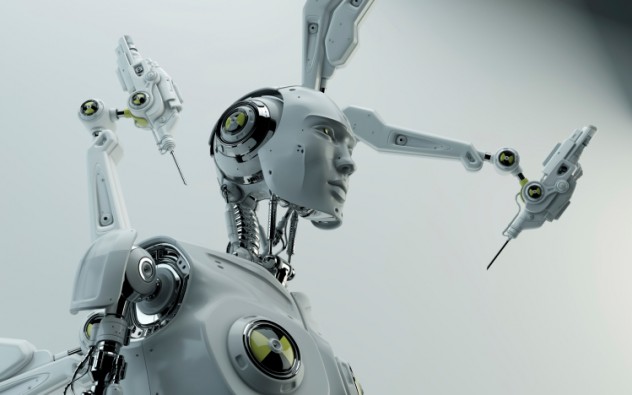
Who knew our future overlords will be powered by our very own bladders? The guys at the Bristol Robotics Laboratory have created an artificial heart that can power the robots of the future.
As of 2010, there are an estimated 8.6 million robots in the world, employed in different industries and serving different functions. Depending on their purpose, robots are traditionally charged with solar energy, battery power, or electricity. Peter Walters and his colleagues from the University of Bristol have taken a slightly more unconventional route, creating a robot that can charge itself with a urinal.
The scientists built an artificial heart that pumps a regulated supply of human urine into microbial power stations, which then break down urine and convert it into electricity. This artificial heart was able to run a robot called “EcoBot” using nothing but human urine. These robots have been able to function before on other biodegradable materials, but this is the first time that an EcoBot was sustained with power using an artificial heart that pumps urine. The researchers are inspired to make improvements on this pee-pumping heart and hope to see these urine-powered EcoBots being used in the future, especially in green projects such as monitoring pollution.
9 Tracking Climate Change

The rock hyrax, locally known in Africa as pelele, is a mammal of the Hyracoidea order. Small and furry with a close resemblance to a guinea pig, the rock hyrax spends most of its time bathing under the sun or eating grass and leaves. At first glance, the rock hyrax doesn’t seem to be a very special animal – except that its urine will be proven an essential tool for studying climate change.
Whole families of rock hyraxes tend to pick a favorite spot to pee and their quick-drying discharge often capture artifacts of a particular time period—such as pollens, dried leaves, and air bubbles—that provide clues as to how the climate changed during that time. Researchers from France’s Montpelier University studied these dried urine layers and compared them with existing theories about changes in our climate past. They concluded that the urine was consistent in accurately telling the story of how our climate really changed over the years, like how ice glaciers retreated in Europe during the end of the last ice age and how lakes of melted water formed after the planet has warmed. Because of its precision in detailing our climate past, the researchers are hoping that the rock hyrax urine will be a useful tool in making better predictions of future deviations in the climate.
8 A Solution To The Water Crisis
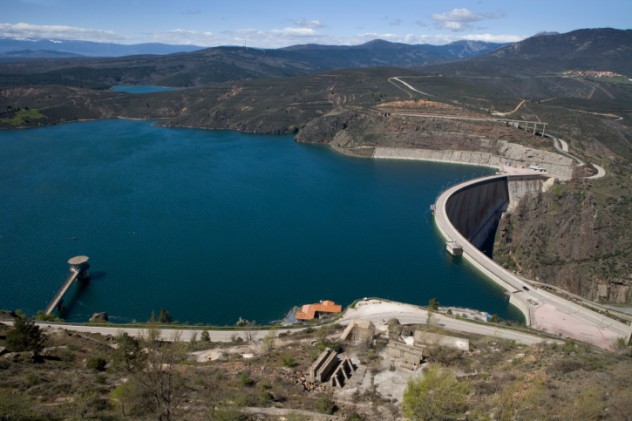
As disgusting as it is, we’ve become inured to images of drinking urine. Aside from it being Bear Grylls’s claim to Internet fame, astronauts regularly recycle urine to quench themselves during manned missions to space. However, scientists warn that drinking urine may no longer be the exclusive territory of TV shows or space shuttles. As our freshwater supply runs dry at an alarming pace, scientists advise that we should also begin treating and drinking our own urine as soon as possible.
With new technology that can treat urine less expensively and more efficiently, the US National Research Council says that reclaiming it for reuse may potentially be a long-term solution to the water crisis. While urine naturally ends back into our water reservoirs, it takes a very long time for it to get back into our natural water system. Directly treating urine from our sewage systems would be much speedier than waiting for it to go back to our waters. The council even suggests advantages of processing urine over freshwater—the health risks of recycling urine may be significantly lower than extracting water from our present sources. We may even be able to recover phosphorus from our urine, which is also currently a dwindling resource.
We are already starting to see a future of reprocessed pee unfold. Because of the harsh drought that has affected many towns in the state, the Texan town of Big Spring has already resorted to reprocessed urine to supply its 27,000 residents with potable water.
7 Fighting Pollution

According to the UN Weather Agency, our levels of CO2 are at an all-time high. The amount of CO2 in the atmosphere in 2012 was at 393.1 parts per million (ppm), 2.2 ppm higher than in 2011. It is predicted that in 2016, the number will reach a staggering 400 ppm, far beyond the 350 ppm that scientists say is the ceiling for a safe level of CO2.
CO2, the main agent of global warming, occurs naturally in the planet. However, human activities like factory work and car emissions multiply our CO2 emissions at a rate that is more than what Mother Earth can take. This makes our planet warmer at a pace we can barely follow, melting our glaciers and drying our lakes before our very eyes. Thankfully, scientists from Andalusia discovered that global warming can be staved off by a bizarre brew of urine and olive waste water. They have found out that this curious cocktail can absorb CO2 when exposed to the air.
The researchers explain that each molecule of urea in urine produces one mole of ammonium bicarbonate and one mole of ammonia, which then absorbs one mole of CO2 from the air, lessening our excessive output of the greenhouse gas. When the CO2 is absorbed, urine produces another mole of ammonium bicarbonate, which can then be used to fertilize our farms. The olive waste water’s role is to prevent the urine from going stale, maximizing the urine’s use until it is saturated with gas. This unique concoction can be strategically installed in chimneys where CO2 emissions usually pass through. A special filling and emptying mechanism can also be added to make replacement of this fluid more convenient.
6 Pee-Powered Smartphones

About half of Americans now use smartphones. These high-end cell phones that can do almost anything won’t be going away soon and it’s only a matter of time before we have to address the issue of their energy consumption.
Thankfully, Dr. Ioannis Ieropoulos of the Bristol Robotics Laboratory is on the job. Earlier this year, he and his team developed a method of charging smartphones using urine. Allowing urine to pass through microbial fuel cells (MFC), which break down our pee into electricity, the researchers were able to power a mobile phone long enough to send messages, browse the Internet, and make a brief phone call.
While this urine-converting process is still in its infancy and can only produce small amounts of electricity, the researchers and their supporters are optimistic about its potential future value. The Bill and Melissa Gates Foundation—who has funded further improvements on this technology—hopes that with pee-powered smartphones, we can expect a more sanitized and energy-efficient future.
5 Urine-Powered Cars

In the past decade, alternative cars—those that run on fuels like hydrogen rather than fossil fuel—caught the public’s eye, with big car companies parading the possibility of a future of low cost vehicles running on fewer pollutants. However, alternative cars seem to always encounter problems that hinder them from even making it to the market. While the natural gas is abundant in our universe and can be derived from water, it’s difficult to make hydrogen in large enough quantities because of the energy required to do so.
To solve this, Dr. Gerardine Botte of Ohio University devised an electrolyzer that can extract hydrogen from urine using lesser energy. With this technology, Dr, Botte had achieved the potential to power cars using hydrogen from our pee. She explains that, because hydrogen is less bound to urine than it is to water, her devise only requires 0.37 volts of energy—or less than half the energy of an AA battery—to extract it from urea. Water, on the other hand, requires a significantly more powerful energy at 1.23 volts for its hydrogen to be separated. With the tiny amount of energy needed to separate hydrogen from urea and our urine supply of 64 ounces per person, a future of vehicles running on bladder power is not far from the impossible.
4 Brain Cells From Urine
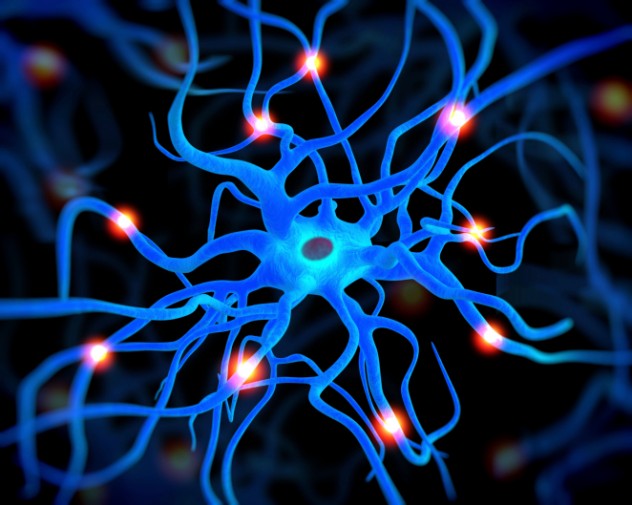
Contrary to popular belief, the adult brain does grow new cells. However, neurodegenerative diseases like Parkinson’s disease destroy more brain cells than we create, leading to certain horrible symptoms like dementia and depression. Where can patients of these debilitating diseases acquire new brain cells to function properly? Scientists from China believe they can pee them. Duanqing Pei and his team of scientists reported that human urine can be used to grow new brain cells.
In their study, researchers extracted the cells from urine samples of three different donors and converted them into neural progenitors, immature brain cells that eventually turn into either glial cells or neurons. The cells were then grown and reprogrammed into different brain cells, some of which were made into actual mature neurons that were able to produce nervous impulses. Other cells were grown to become supportive glial cells like astrocytes and oligodendrocytes. These cultivated brain cells were then transplanted into the nervous systems of newborn rats. A month after the transplant, the brain cells were still seen to be alive and active, though their integration with the existing circuitry of the rat’s brain is still under study.
The biggest benefit of this method is its ethical advantages. Presently, scientists are considering embryonic cells for the treatment of neurodegenerative disorders, but many pro-life groups are opposed to using them. With this new method, scientists can just take urine samples from donors or patients. When this method is improved, we could have better and faster treatment for neurodegenerative disorders that is simple, effective, and ethical.
3 Rocket Fuel

There’s a chance our next trip to space will be potty-powered, as scientists from Radboud University in the Netherlands have developed a way to turn urine into rocket fuel. Microbiologist Mike Jetten says that a type of bacteria that grows and survives without oxygen can convert urine’s ammonia into hydrazine, a type of rocket fuel.
The researchers say that the anaerobic ammonium oxidizing (“annamox”) bacteria are responsible for this amazing feat of nature. While the bacteria’s ability to convert ammonia into hydrazine is already common knowledge among microbiologists, the complex processes involved in the conversion were only figured out recently by Jetten and his team, opening the possibility for a practical use of the bacteria. Their discovery encourages space programs to incorporate the use of the magnificent microbe in our future missions to space. With millions of gallons of ammonia produced every single day from bathroom breaks, the scientists are hopeful to efficiently produce huge quantities of rocket fuel from our urine.
Because space programs like NASA continually suffer from immense budget cuts, which can hinder ground-breaking space missions, looking into this golden idea of turning urine to rocket fuel may be the answer to more cost-effective trips to the last frontier.
2 Pig Pee Plastic
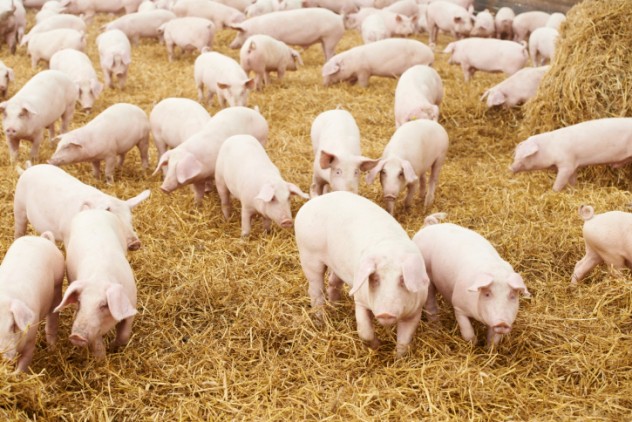
Pig urine is currently Denmark’s most disgusting dilemma. The country’s 20 million pigs produce gallons and gallons of urine per day and the environment isn’t too thrilled about it. Fortunately, a company named Agroplast offers a unique solution to this smelly situation. While we really don’t want the words “pig urine” and “plastic spoons” to ever be combined, Agroplast plans on doing exactly that. The Denmark-based company aims to minimize the hassles of pig pee pollution by turning the compounds of urine into plastic precursors to be used in spoons and plates. Because pig urine in itself has no use and is a financial burden to dispose, plastic made from the substance becomes a very attractive solution to the growing pollution caused by pig urine.
Bioplastics—plastic material made from biomass sources—aren’t a new concept. People have been creating them for years from vegetable oil, corn starch, and plant cellulose. However, bioplastics have proven to be more expensive to produce than those made from fossil fuel. Agroplast claims that, unlike other bioplastics, turning pig pee into plastic would cost one-third less to produce than fossil fuel plastics.
1 Self-Healing Rubber
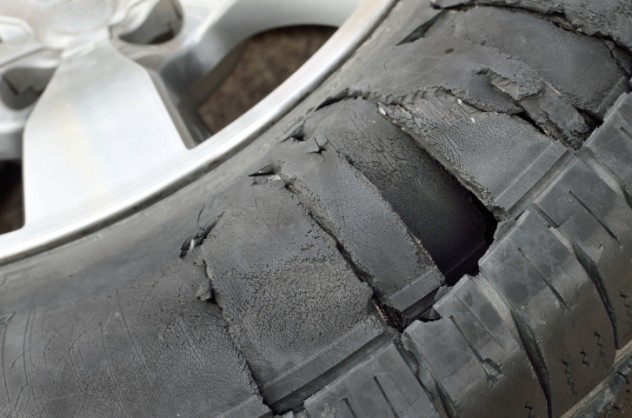
Broken toys and flat tires are but a few shortcomings of using rubber. It’s a conveniently stretchy and soft material that can be molded into various uses, but when exposed to certain circumstances like heat, it breaks easily. Inspired to solve these deficiencies, French physicist Ludwik Liebler turned to urine to create an amazing invention pulled straight out of sci-fi—rubber that heals itself.
This amazing material is created by combining urea and vegetable oil. When snapped into two, this distinct rubber can be simply stuck back together, immediately returning to its original. Liebler says that the secret is the fatty acids of the vegetable oil and their reaction to urea, creating a material made of a non-uniform molecular system that doesn’t crystallize and become rigid.
The possible uses of this material are endless. Once nothing more than a science fantasy, self-healing objects such sneakers, gloves, wallets, and tires made of this magical substance may actually be the next ground-breaking leap in technology. Because urine and vegetable oil are renewable and easily accessible, mass production of this wonder material won’t be much of a problem. As the French chemical company Arkema has recently adopted this innovation, we can actually aspire to have self-repairing stuff in the near future.
Asher B is currently in grad school studying cognitive psychology. In his spare time, he watches lots of sitcoms and eats lots of ramen. You can send him an email here or follow him on Twitter.








